How many times have you used the expression, “A picture is worth a thousand words”?
That capture of a single moment in time can convey emotion, express a mood, share an idea, and tell a story. It preserves important events in our lives, can connect us to our past, reminds of us people, places, feelings and larger stories. Some experts even believe that our brains may dually record images in the form of pictures and in the form of words, making them easier to remember and even with today’s technology, it still shocked me to read that 350 million photos are added to Facebook and over 95 million are shared on Instagram every day! We all have George Eastman to thank!
George Eastman grew up in Rochester NY and had a vision. He wanted to bring photography to the every-day person and like Edison and the lightbulb, he was building on those that came before him in the field of photography. He didn’t invent photography (remember those pinhole cameras you may have made in elementary school – they go back to the fifth century BC!) but his genius was in making it affordable and easy enough for any amateur to use. He also invented flexible roll film – first using a paper backing and then celluloid film- which was a huge improvement over the bulky glass plates then in use and was a cornerstone in the invention of moving pictures.
A visit to the George Eastman Kodak Museum is a must when visiting Rochester. Not only will you learn about George Eastman, but also a ton about photography and film history.
George Eastman bought his first camera in his early 20’s and within 3 years he’d formulated a way to more easily coat plates. Here are some of the key inventions of made by Eastman:
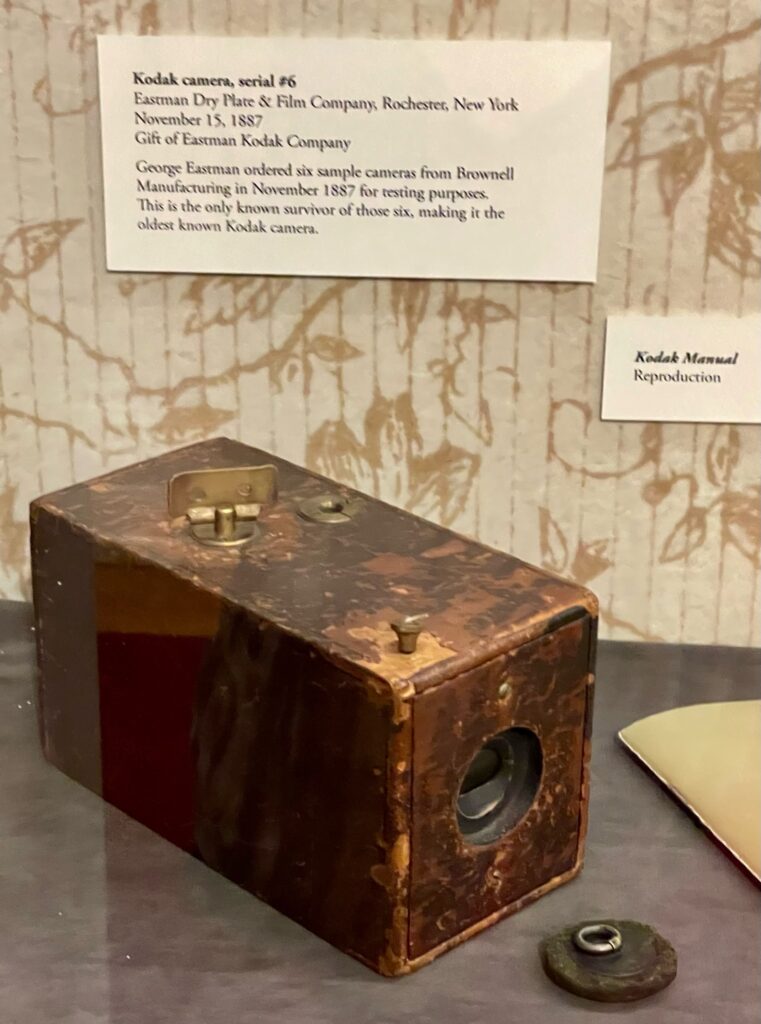
1888
Eastman had introduced the Kodak camera to the world. It was a box camera designed for amateurs and was advertised as “You push the button, we do the rest”. It cost $25 which was still fairly expensive as this would be about $650 dollars today, but it was an order of magnitude below anything else being used. It contained 100 exposures and the entire camera was returned to Kodak in Rochester for processing and reloading, which cost $10.
“You push the button, we do the rest.”
– Kodak advertisement, 1888
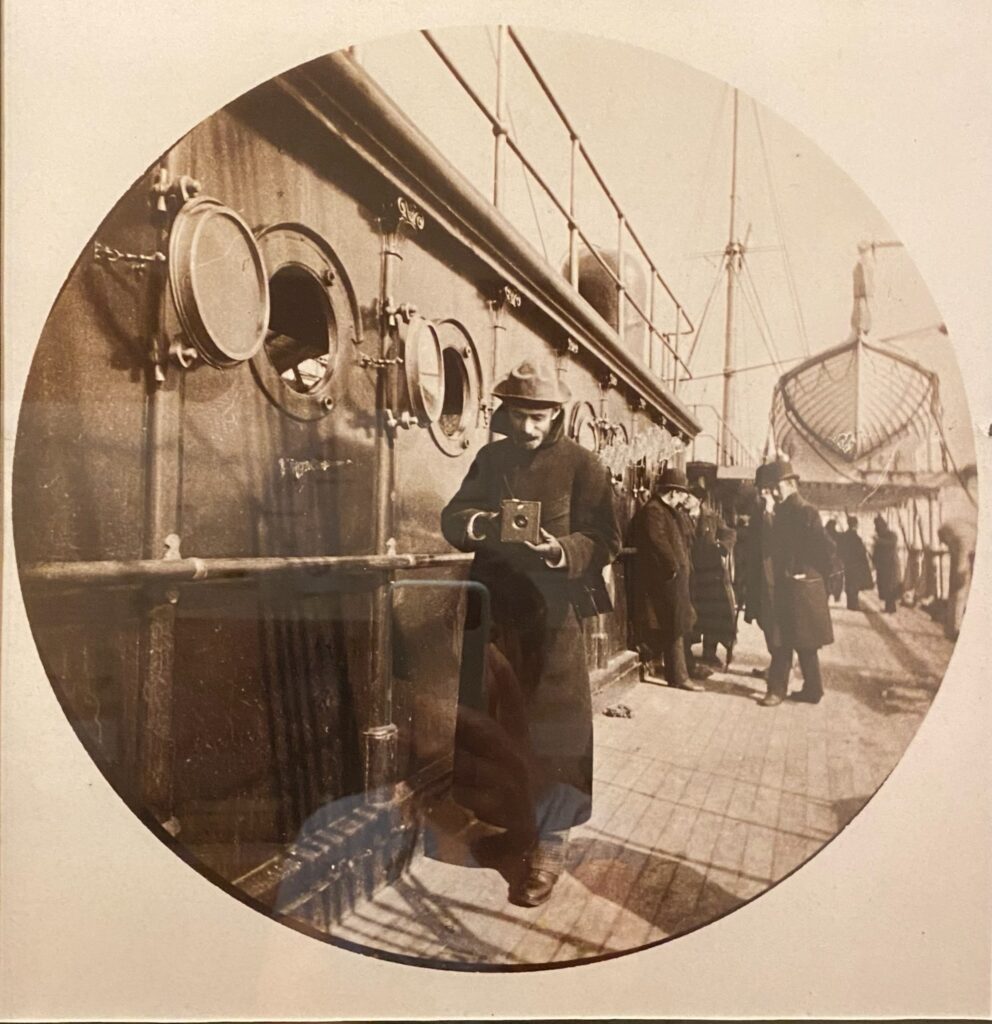
1889
Eastman had already been producing roll film on paper but by 1889, he had improved work done by John Carbutt and had successfully developed flexible cellulous film.
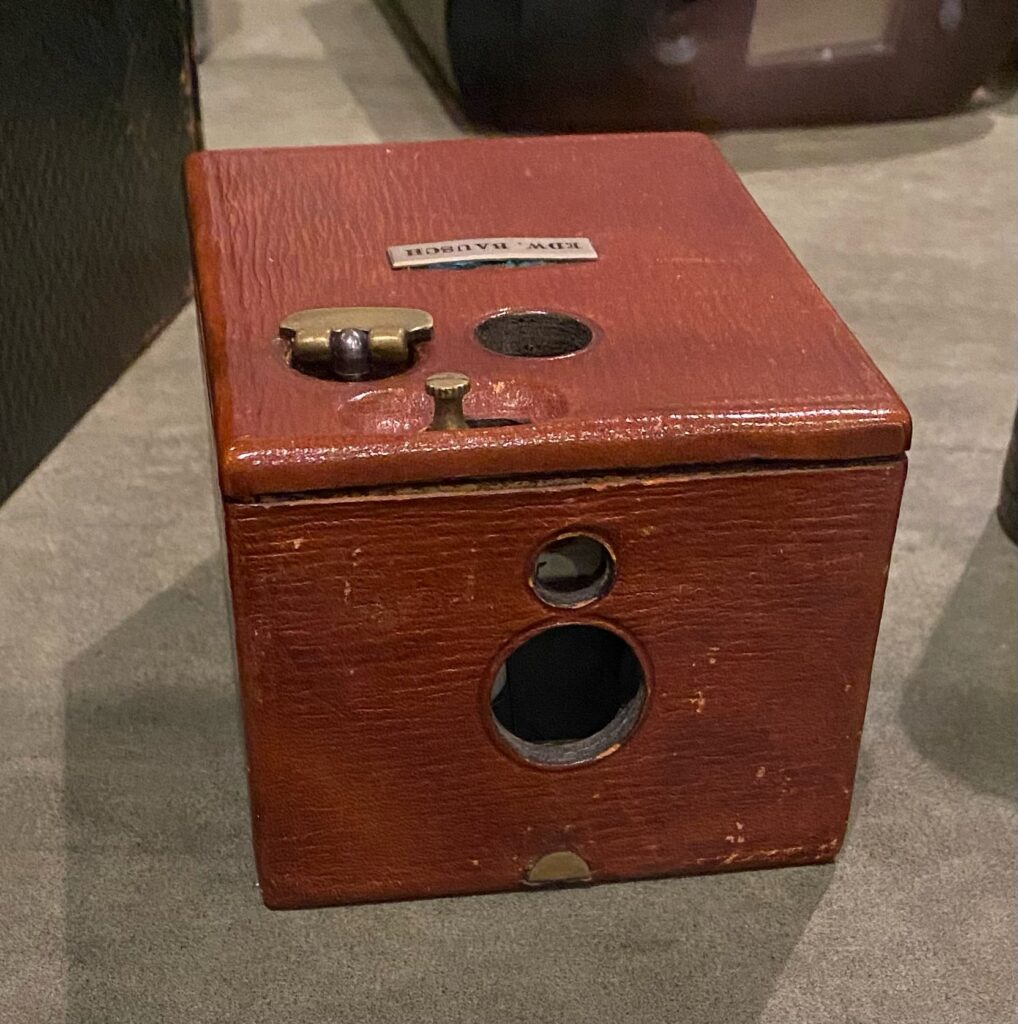
1895
The pocket camera was introduced by Kodak, producing 1 ½ x 2 inch images. It cost $5 (around $150 today)
1898
Even though the first celluloid moving picture (film) was made by Louis Le Prince in late 1888, it wasn’t until 1898 that Kodak started producing the cellulous film for movie stock.
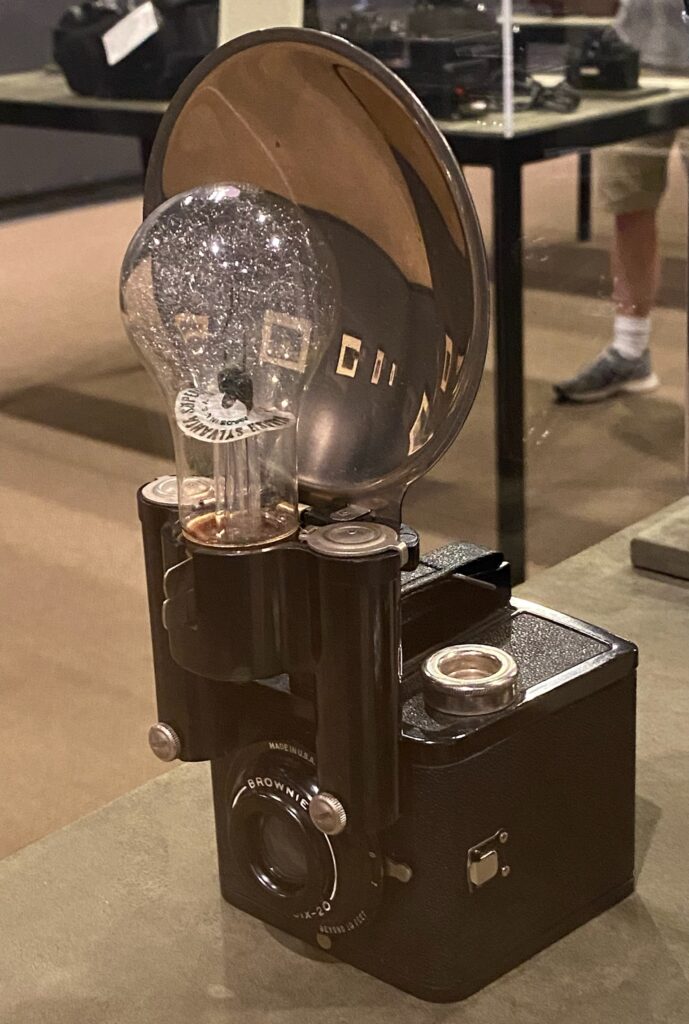
1900
The Brownie was introduced for $1 ($28 dollars today) with 6-exposure rolls of 2 ¼ inch film selling for 15 cents ($4 today). At an accessible price point it made photography available to just about everyone and transformed the industry! 150,000 Brownie cameras were manufactured and sold in their first year.
1922
Cine-Kodak motion pictures, a joint venture with Edison was formed.
1932
George Eastman took his own life after dealing with several years of debilitating pain. The Eastman Kodak company in Rochester, however, continued to innovate.
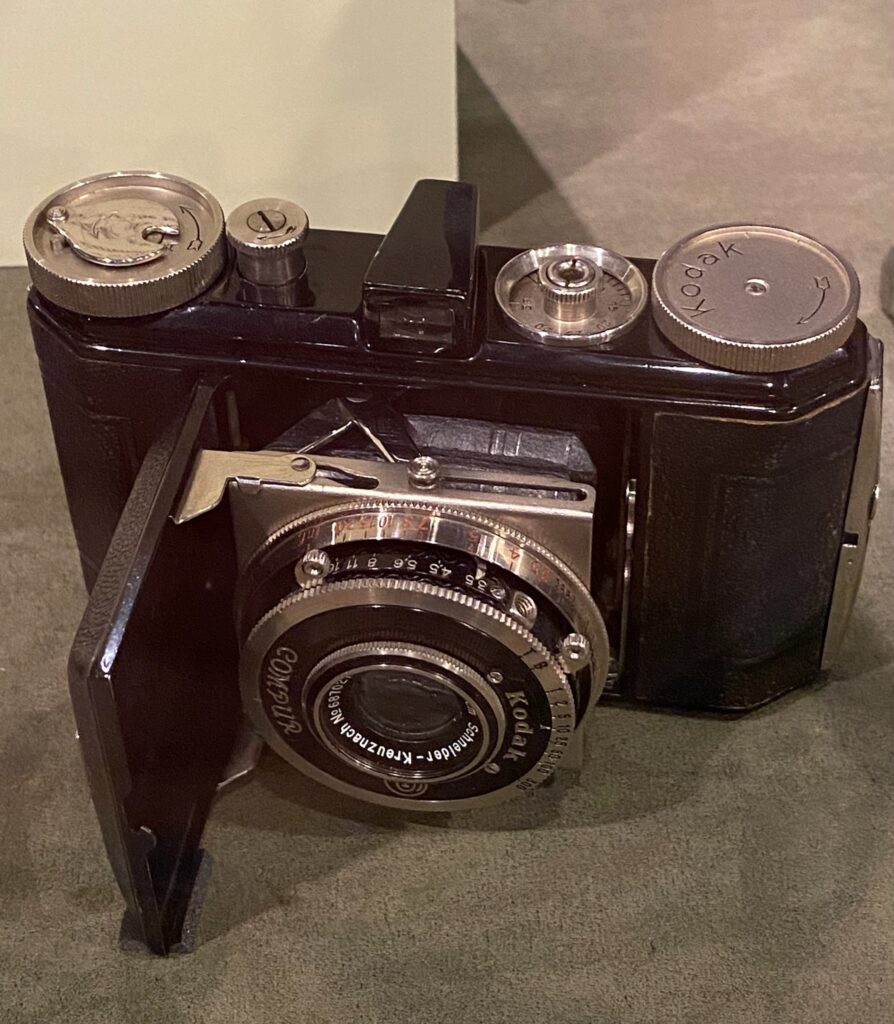
1934
The Retina I – the first 35mm format camera – was introduced. The camera looks much like most 35mm camera bodies today. At the time it was too expensive for the for the average person, but that all changed in 1936 with the release of the Argus A camera. The Argus A used a Bakelite camera body, making it relatively affordable for the amateur photographer ($12.50 = $245 today). It took great photos and thus, solidified 35mm as standard.
1935
Kodachrome color film was introduced to the market by Kodak. Its development required shipping it back to Kodak’s Rochester facility for processing and at the time cost 1.5 cents. In 1954, however, the Department of Justice said that Kodak’s requirement to ship all film to its facility was a violation of antitrust law.
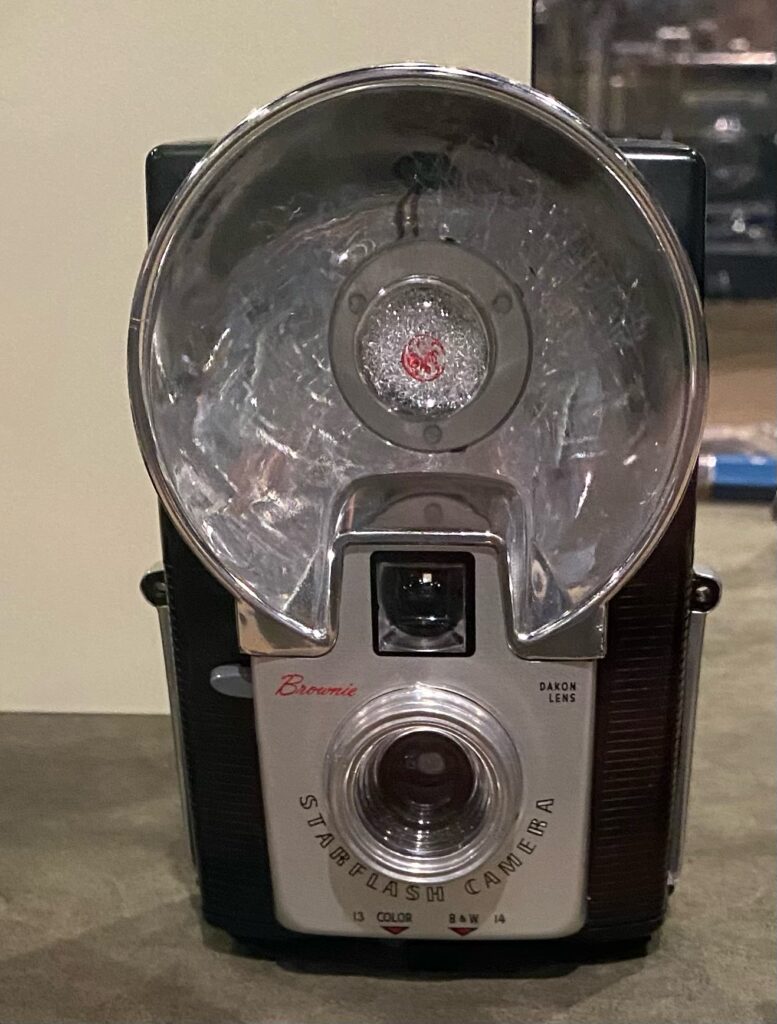
1940
Kodak introduced synchronized flash photography in 1940 with the Brownie Flash.
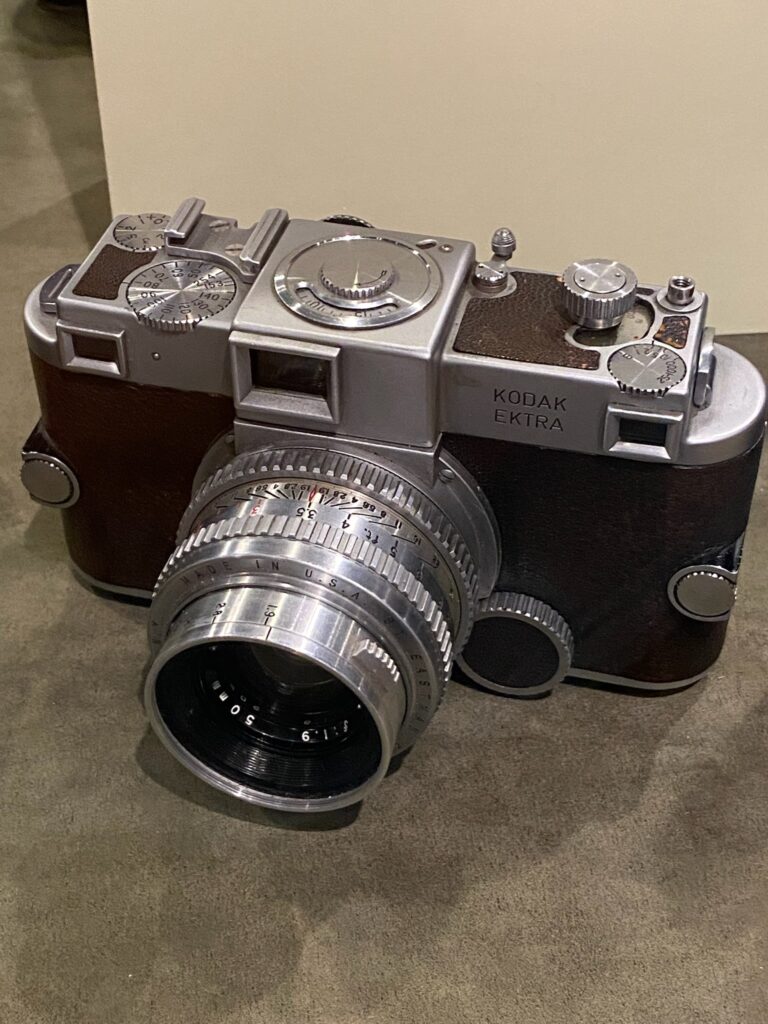
1941
A 35mm with interchangeable lenses – the Ectra – was introduced just a year after synchronized flash cameras in 1941.

1957
The Brownie Starfish camera included built in flash.
1975
A Kodak engineer named Steven Sasson, invented the digital camera in 1975 and the rest is history. It’s fair to say that Eastman’s dream of making “the camera as convenient as the pencil” has been successful.
“We were starting out to make the camera as convenient as the pencil.”
-George Eastman
The museum was added on to George Eastman’s house so the tour also includes his home.
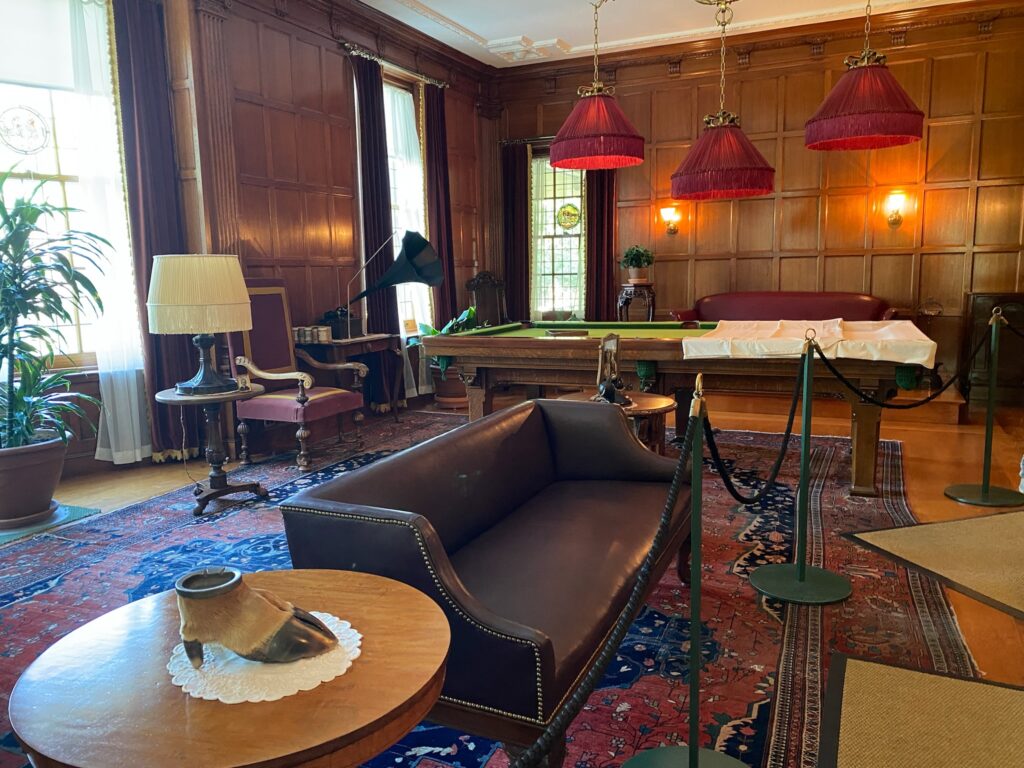
Eastman’s Home 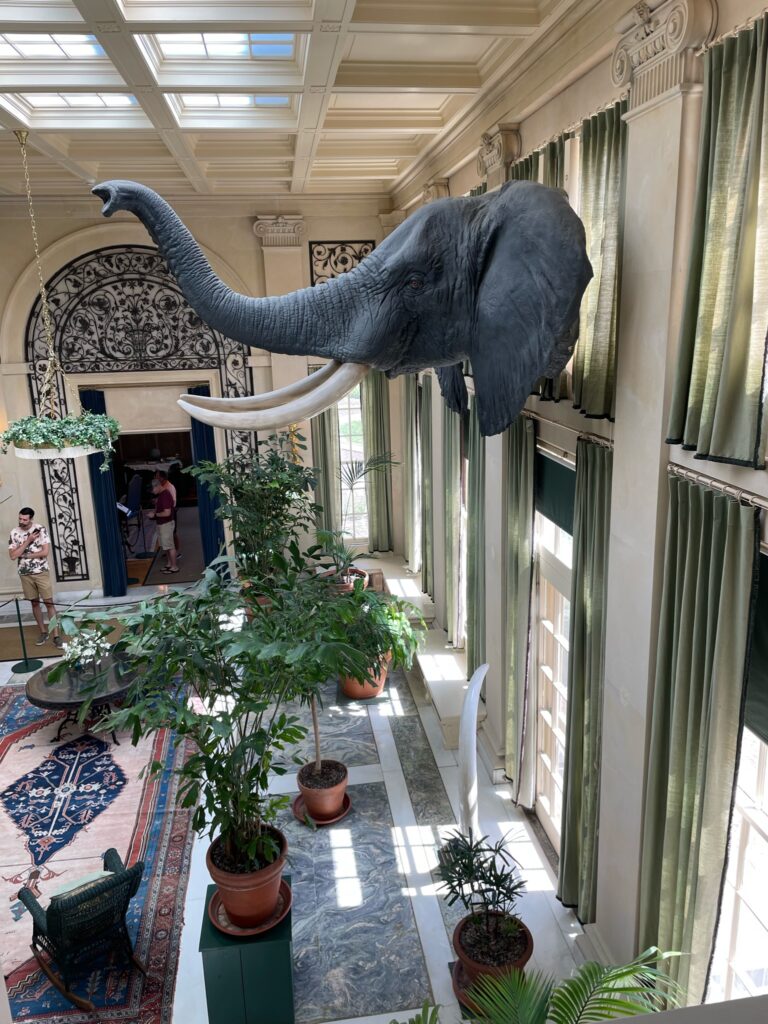
If you’re RVing in the area, there’s a Harvest Host brewery that’s walking distance to the museum. The brewery wasn’t offering food the night we were there, so we walked down the block to Nosh, which was fantastic – great whiskey sour and wonderful food!
The surrounding neighborhood is also worth walking around as the old estates are well maintained and simply stunning! Downtown is a wonderful mix of old and new architecture. The Genesee Brew House has great beer, good food, and a nice view of the falls in town.
On a side note, one thing we’ve really enjoyed as we have been learning about the history of the US and these inventors of the 19th century is the cross-over between them. In this post you’ll notice that Eastman collaborated with Edison, but in later posts you’ll see that at the Curtiss museum we learned that Curtiss had worked at Eastman’s company before embarking on developing bikes and airplanes. Later, Curtiss collaborates with Alexander Graham Bell on airplanes and Bell and Edison collaborated on the phonograph. What a small world!
There are so many great reasons to travel and one of them is education. I love sitting on a beach and watching a beautiful sunset, but now that we’re fortunate enough to just roll through smaller towns and off-the-beaten-path destinations, I’ve also come to appreciate that even a short weekend trip nearby can be really educational and fun!

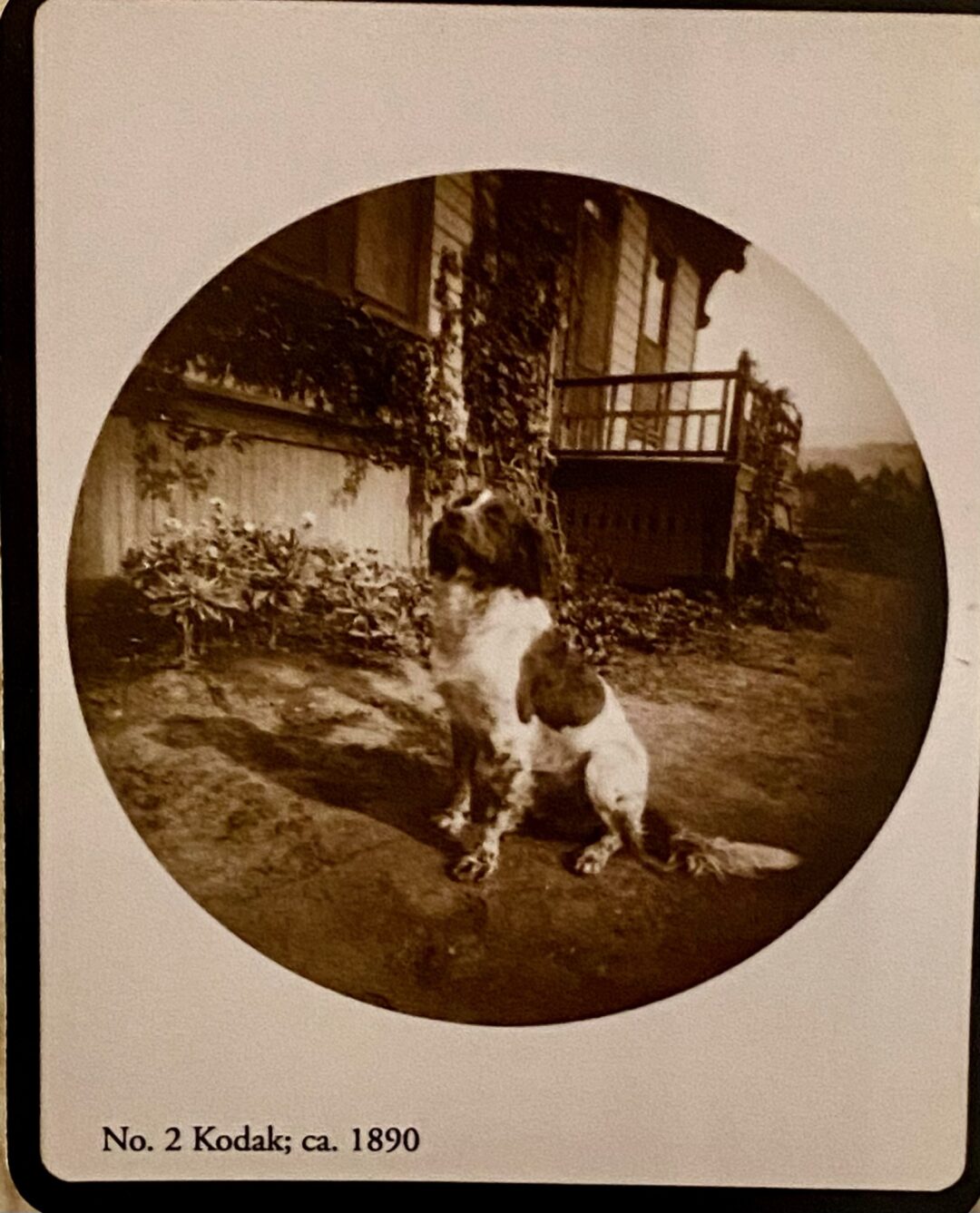

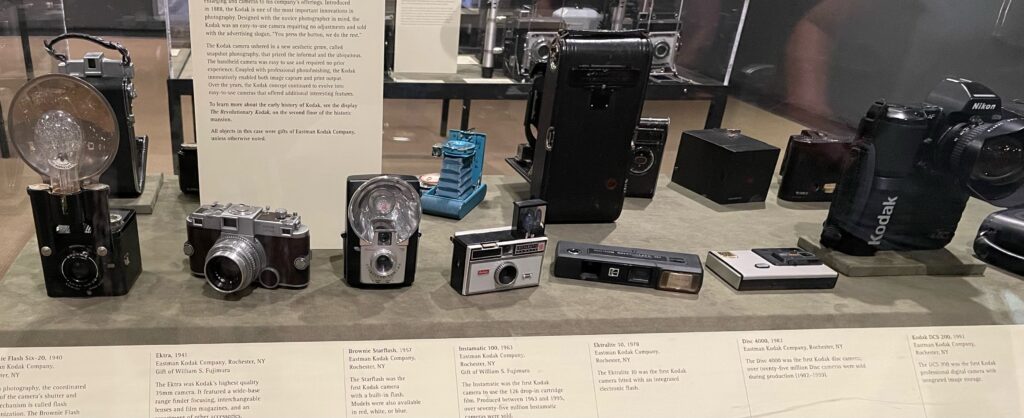
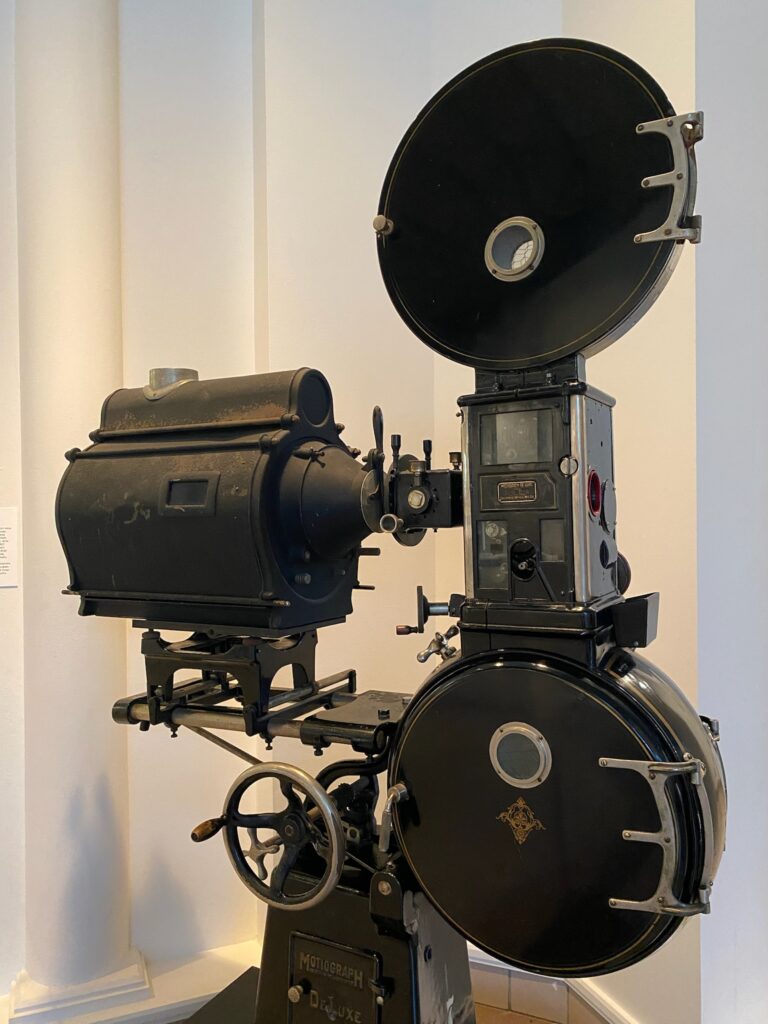


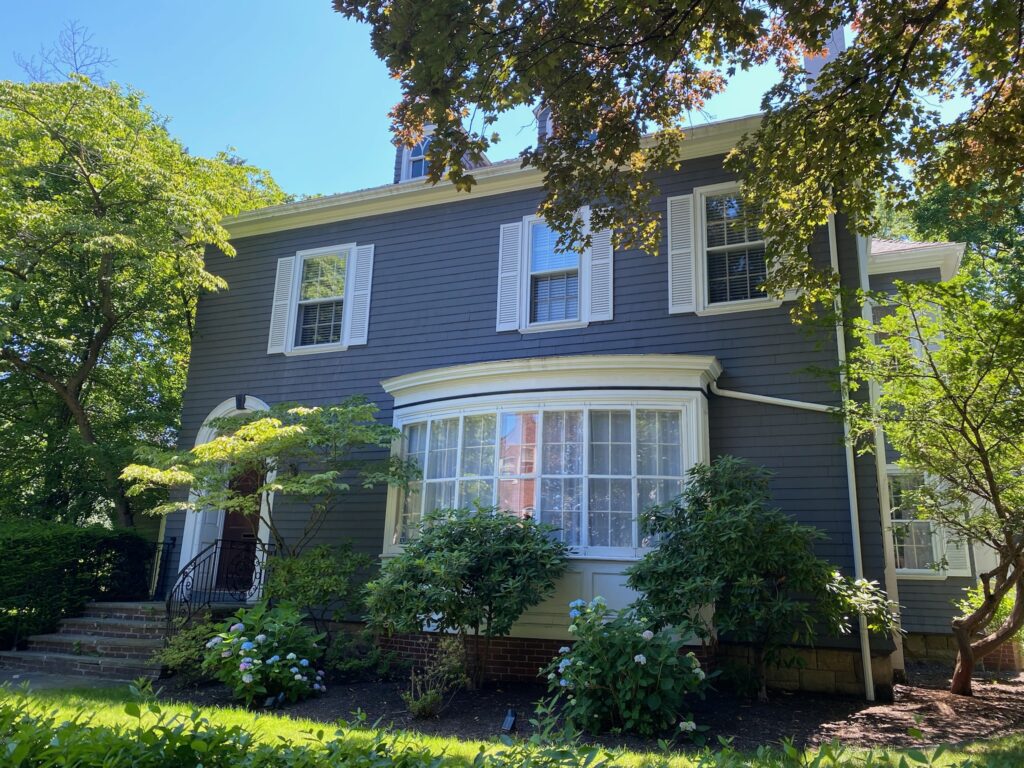
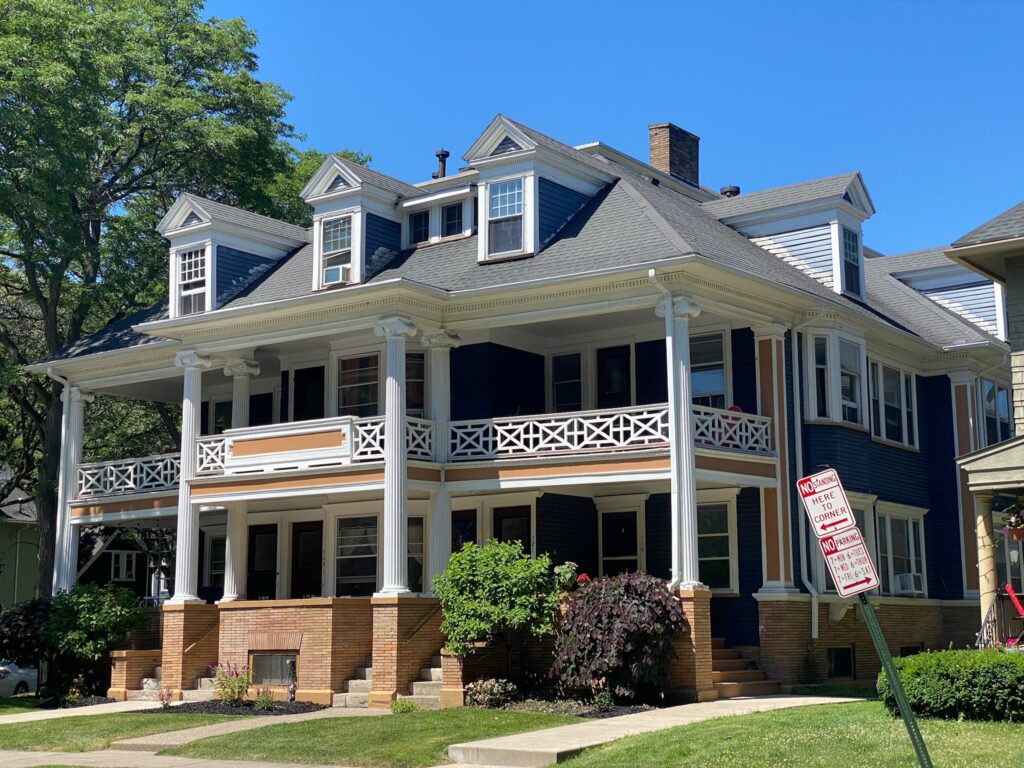

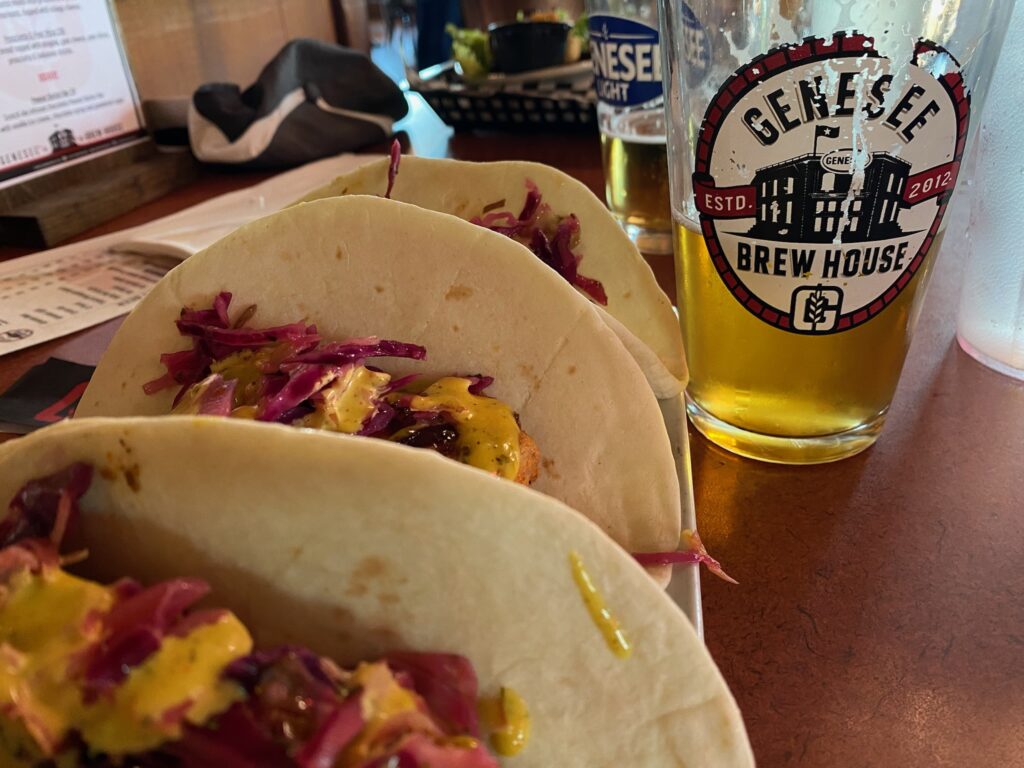




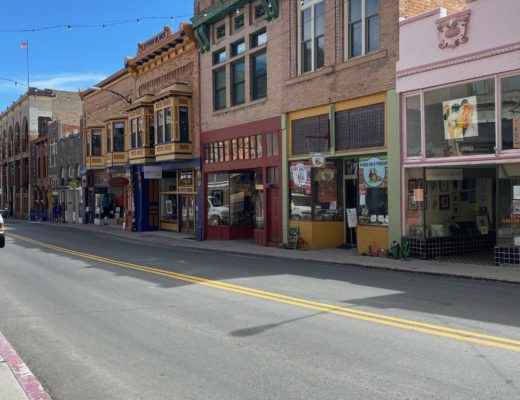








 Did you know that the oldest and largest aviati
Did you know that the oldest and largest aviati








 #camphairdontcar
#camphairdontcar


